One of our Assistant Curators, Dr Lauren Padgett, has recently installed a display which showcases some objects in Bradford Museums’ collections that relate to Medieval and Early Modern superstitions, and presents the case of Mary Sykes, an accused Bradford witch with a link to Bolling Hall. For Halloween, this display has been adapted into this blog.
Medieval and Early Modern Superstitions
In Medieval Britain, 500 to 1500 AD, superstition filled the gap between the known and unknown, the explained and unexplained. This belief in the supernatural was encouraged by strong religious beliefs about good and evil which continued into the Early Modern period, 1500 to around 1800 AD. The witch-craze during this time caused some people to cling to ‘magic’, or ‘counter-magic’, for protection against witchcraft. Many of our superstitions today can be traced back to these times. Some brought good luck and fortune, whilst others were for protection against evil spirits. The local historian William Cudworth tells us that the people in Bradford were still superstitious in the late 1800s; “the locality, however, has until comparatively recently had its believers in witchcraft, and bottles stuffed with needles, besides horse-shoes and other safeguards against influences, have been found upon the premises” (William Cudworth, Histories of Bolton and Bowling, 1891, p. 102).
The display in the Housebody at Bolling Hall showcases some of the objects that Bradford Museums and Galleries has in its collections which relate to these Medieval and Early Modern superstitions.
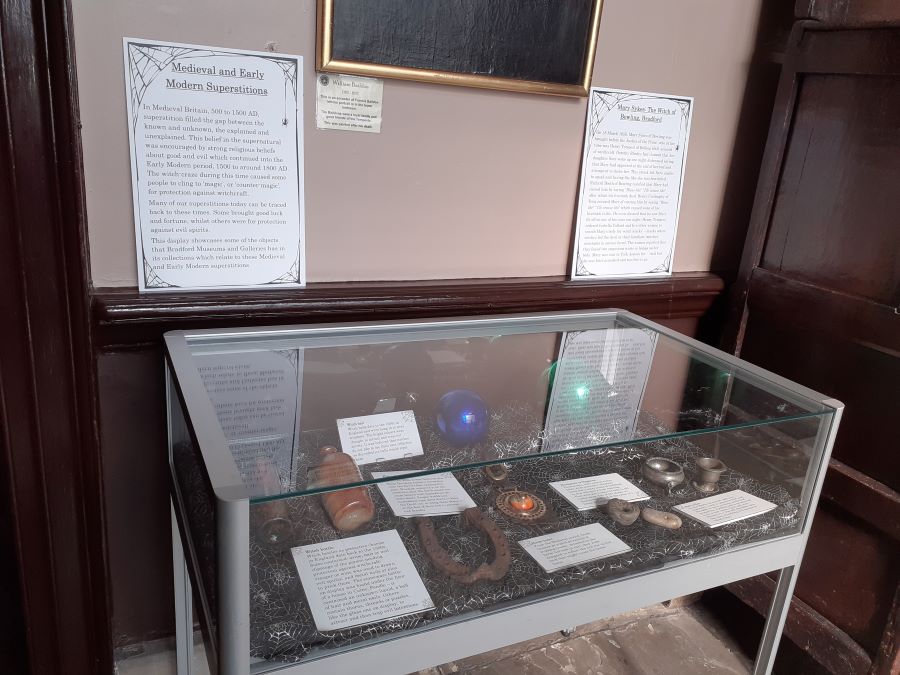
Salt cellar: In the Medieval period, salt was expensive, used to preserve food and thought to have precious medicinal properties. Spilling salt was believed to be a bad omen. Spilt salt was thrown over the left shoulder into the eyes of lurking evil spirits to blind them.
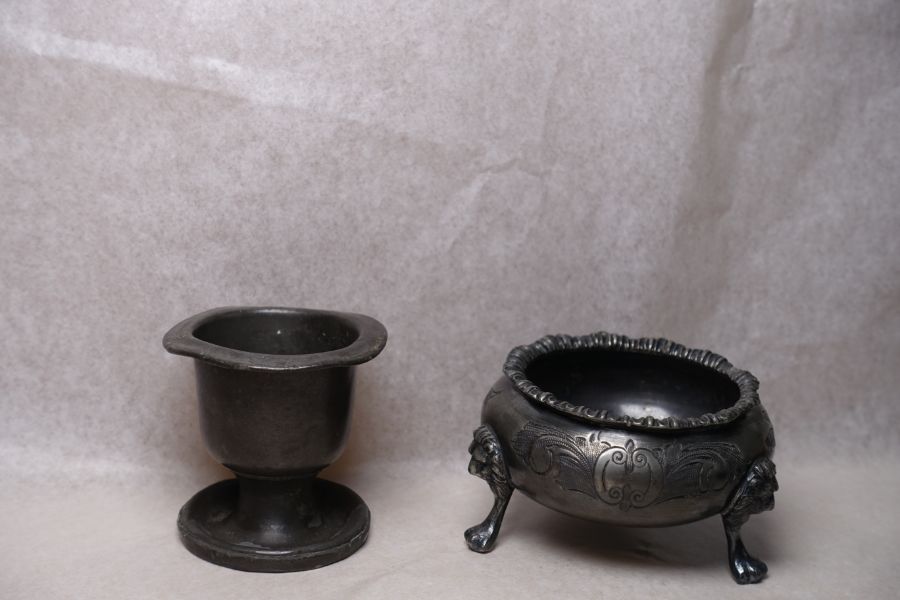
Witchstones or Hagstones: These stones, with natural centre holes, were protective talismans hung above entry points of buildings to stop evil spirits from entering. They were also hung over beds to aid restful sleep. Two of the stones on display were found in the cellar of a house in Keighley.
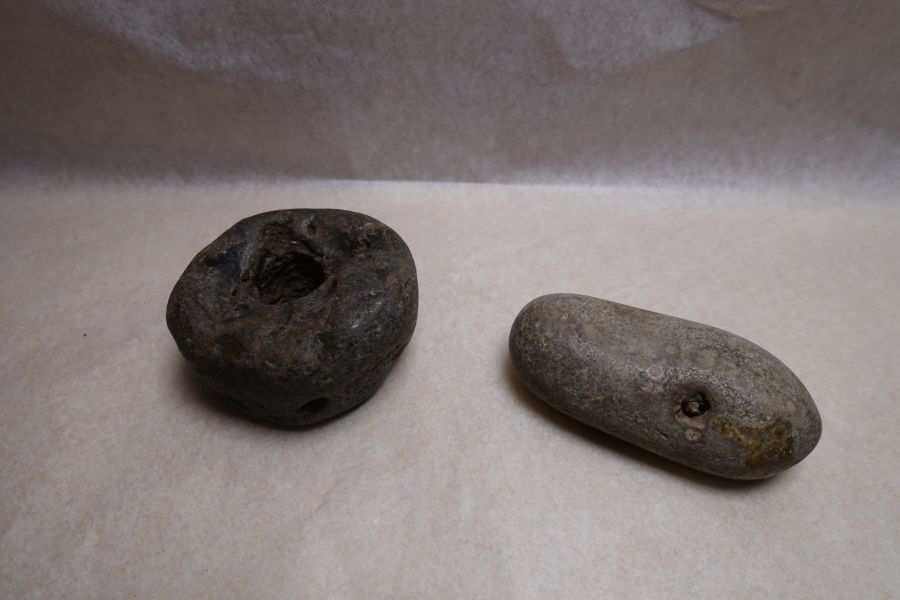
Horseshoe: From the 900s, it was believed that Saint Dunstan nailed a horseshoe onto the Devil’s foot causing him pain. Dunstan removed it on the condition that the Devil would not enter homes with horseshoes on their doors. People would nail horseshoes onto their doors to keep the Devil out, or hang them above or at the foot of their bed to prevent bad dreams.
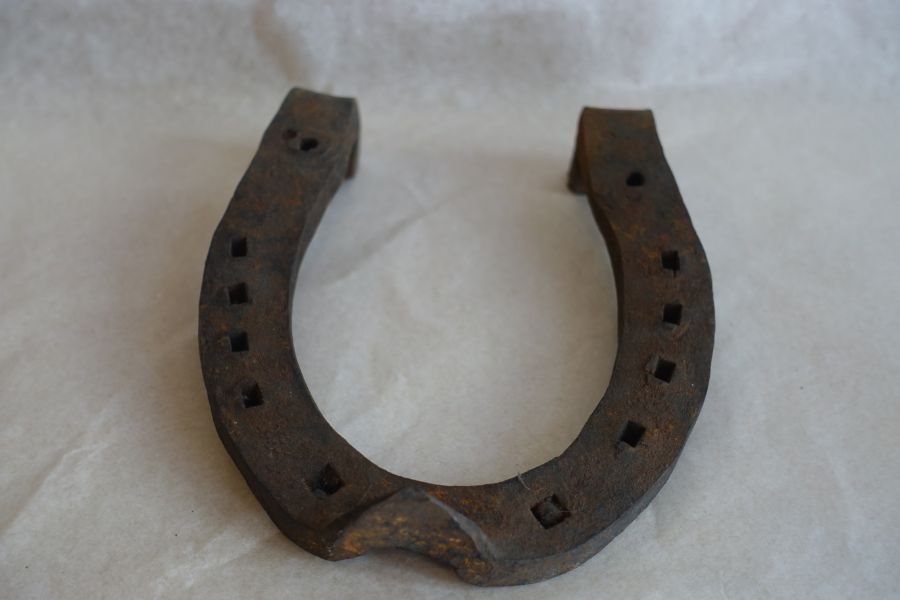
Witch bottles: These protective charms date back to the 1500s in England. Some contained: urine, hair or nail clippings of the person needing protection against witchcraft; vinegar or wine was used to drown evil spirits; and metal nails or pins to prick them. The stoneware bottle on display was found under the floor of a house in Colne, Pendle – it contained an unknown liquid, a ball of hair and metal nails. Others contain thorns, threads or puzzles, like the glass one on display, to attract and then trap evil intentions.
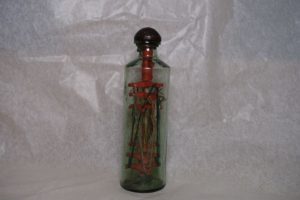
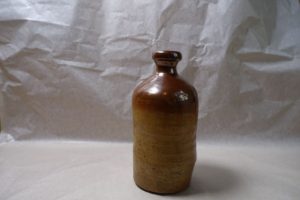
Witch balls: Dating to the 1600s in England, they were hung in or near windows. The bright colours were thought to attract and trap evil spirits. It was believed that witches do not like to see their own reflection so the reflective balls would repel them.
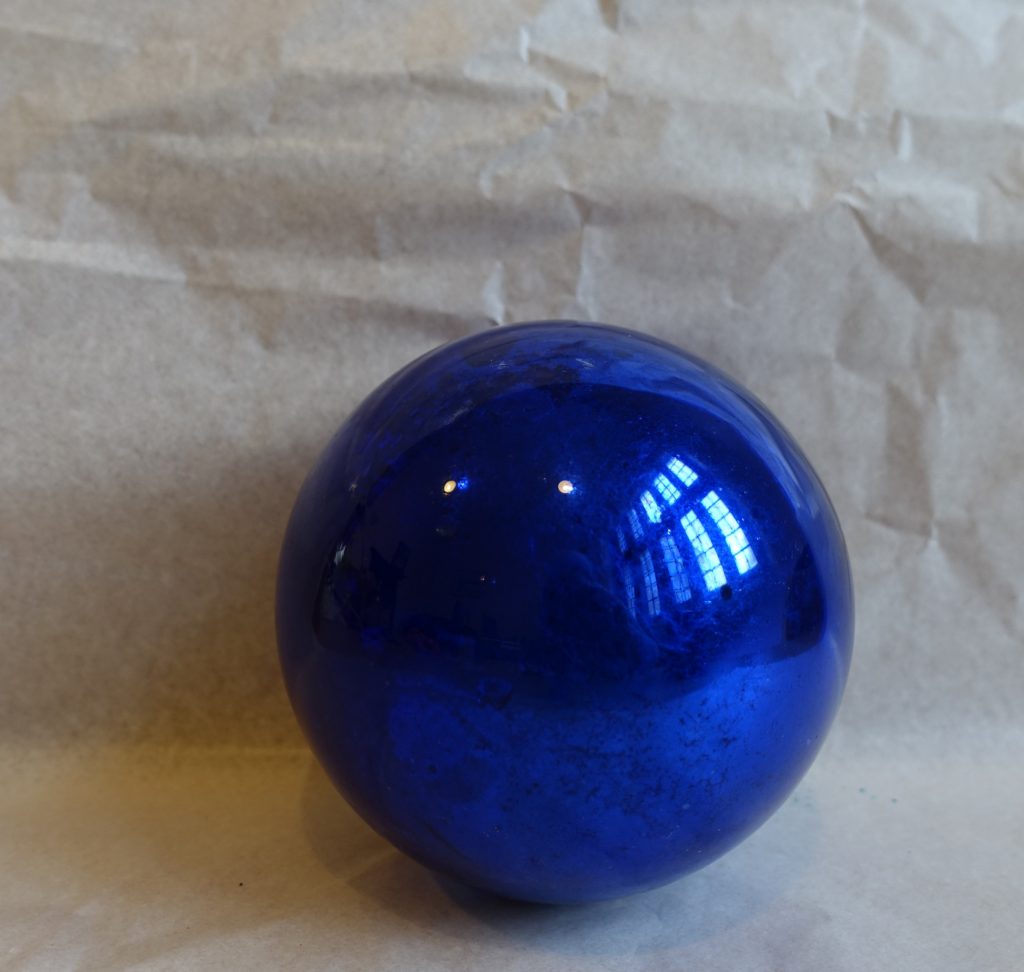

Horse brass: From the Medieval period, horse brasses provided protection to working horses. Attached to the horse harness or cart, they were designed to reflect the evil eye or bad luck that might cause the horse harm.
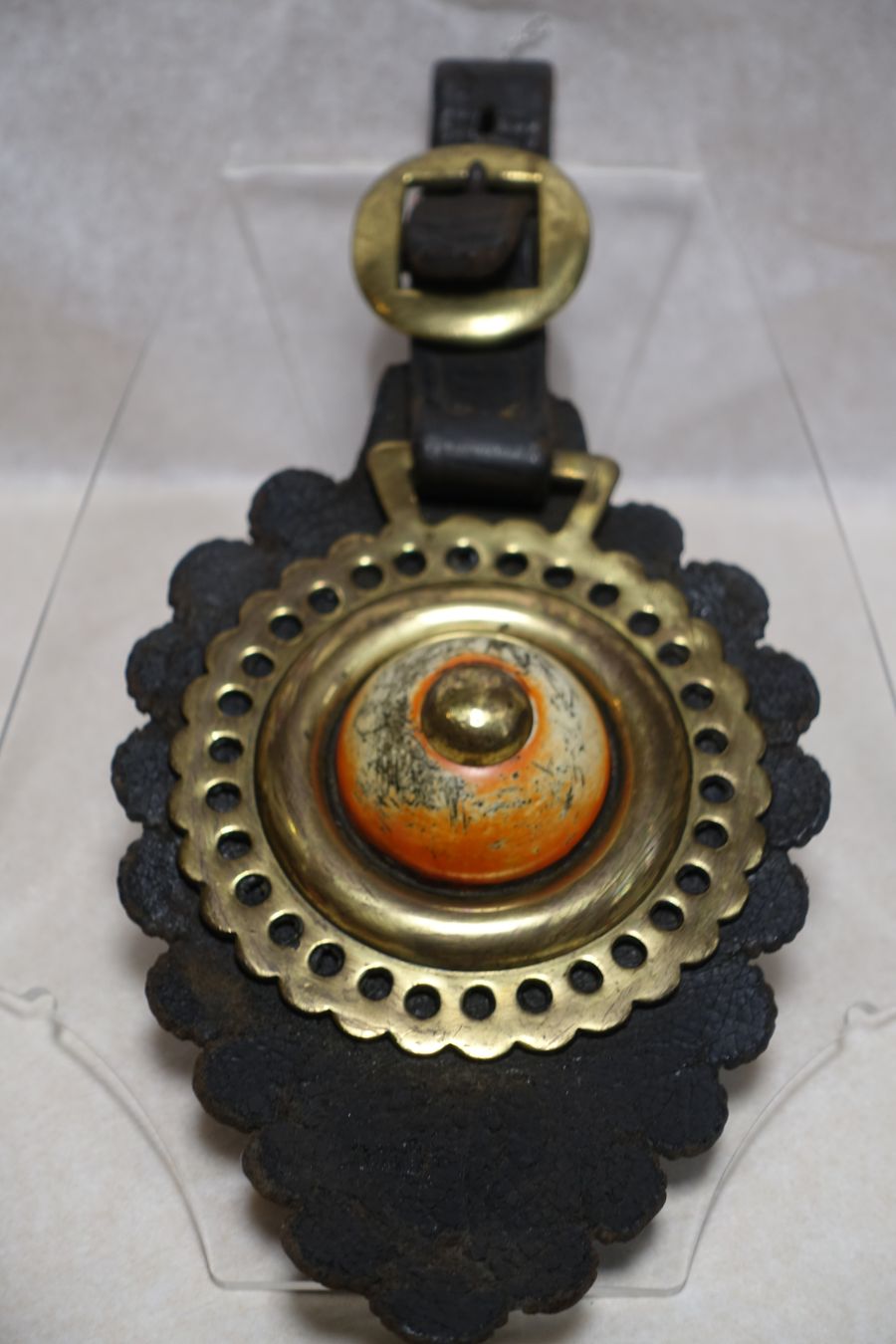
Mary Sykes: The Witch of Bowling, Bradford
On 18 March 1650, Mary Sykes of Bowling was brought before the Justice of the Peace, who at the time was Henry Tempest of Bolling Hall, accused of witchcraft. Dorothy Rhodes had claimed that her daughter Sara woke up one night distressed saying that Mary had appeared at the end of her bed and attempted to choke her. This attack left Sara unable to speak and having fits as though she was bewitched. Richard Booth of Bowling testified that Mary had cursed him by saying “Bless the” “I’le crosse the” after which his livestock died. Henry Cordingley of Tong accused Mary of cursing him by saying “Bless the” “I’le crosse the” which caused some of his livestock to die. He even claimed that he saw Mary fly off on one of his cows one night! Henry Tempest ordered Isabella Pollard and five other women to search Mary’s body for ‘witch marks’ – marks where witches fed the devil or their familiars (witches’ assistants in animal form). The women reported that they found two suspicious warts or lumps on her body. Mary was sent to York Assizes for trial but she was later acquitted and was free to go.
Do you think Mary was a witch tormenting her neighbours? Or a victim of false and malicious accusations?
If you are brave enough to see it, ‘Medieval and Early Modern Superstitions’ display is in the Housebody of Bolling Hall Museum and runs into 13 March 2022.